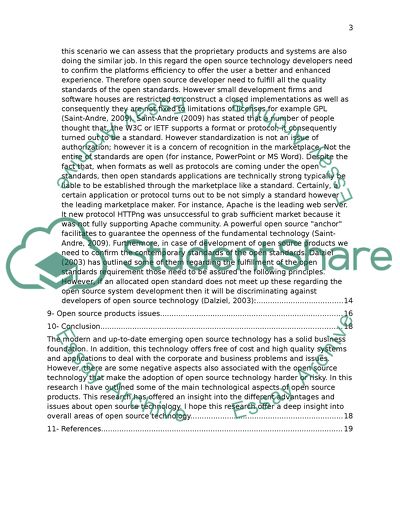Cite this document
(Open Source and Open Standards in E-commerce Assignment, n.d.)
Open Source and Open Standards in E-commerce Assignment. Retrieved from https://studentshare.org/e-commerce/1561106-open-source-and-open-standards-in-ecommerce
Open Source and Open Standards in E-commerce Assignment. Retrieved from https://studentshare.org/e-commerce/1561106-open-source-and-open-standards-in-ecommerce
(Open Source and Open Standards in E-Commerce Assignment)
Open Source and Open Standards in E-Commerce Assignment. https://studentshare.org/e-commerce/1561106-open-source-and-open-standards-in-ecommerce.
Open Source and Open Standards in E-Commerce Assignment. https://studentshare.org/e-commerce/1561106-open-source-and-open-standards-in-ecommerce.
“Open Source and Open Standards in E-Commerce Assignment”, n.d. https://studentshare.org/e-commerce/1561106-open-source-and-open-standards-in-ecommerce.


